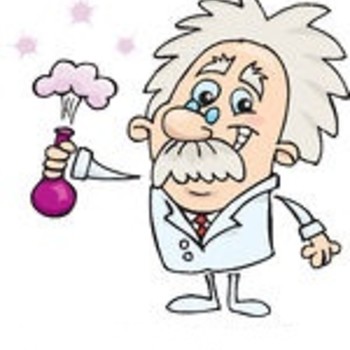How do you calculate boiling point at different pressures?
1 Answer
For variations in Boiling Point as a function of Vapor Pressure use the Clausis-Clapeyron Equation ... However, for variations in Vapor Pressure as a function of intrinsic physical and chemical properties Boiling Points are elevated for liquid phase substances with low Vapor Pressure values while Boiling Points are low for substances with relatively high Vapor Pressure Values.
Explanation:
If a specified substance is subjected to variations in surrounding atmospheric pressures, the Boiling Points will decrease with decreasing atmospheric pressure values and Increase with increasing atmospheric pressure values. If the boiling point values for a specified substance at a specified BP temperature and pressure are given, one can determine the Boiling Point at different vapor pressure values using the Clausis-Clapeyron Equation.
The Clausis-Clapeyron Equation is derived from
Assume the following conditions for water ...
Determine
Solving this expression for
However, if one is considering the boiling point values of substances in terms of their chemical and physical properties, the Boiling Points are inversely dependent upon the vapor pressure exhibited by a liquid phase substance at a specified temperature. The issues here depends upon the definition of boiling point of a liquid phase substance. That is, ...
by definition => Boiling Point of a given substance is the temperature at which the vapor pressure of a liquid substance is equal to the surrounding atmospheric pressure.
This means that in order to boil a liquid, enough heat must be added to the body of the liquid to force sufficient molecules into the vapor phase such that its vapor pressure is equal to the surrounding atmospheric pressure. If, for example, the inter-molecular forces between the liquid phase molecules are high, the liquid will exhibit a low vapor pressure due to limited evaporation. Consequently, a larger quantity of heat (higher temperature) must be delivered into the liquid in order to push its vapor pressure value high enough to equal the surrounding atmospheric pressure and boil.
In contrast, a liquid substance with low inter-molecular forces would demonstrate a high vapor pressure because the molecules at the liquid/atmosphere interface would evaporate more easily and thus attain a vapor pressure equal to atmospheric pressure more easily. This means, the vapor pressure of the substance with lower inter-molecular forces would reach atmospheric vapor pressure with much less energy input and boil at a lower temperature.
One can calculate the intrinsic boiling boiling point of a liquid substance using Thermodynamic Properties and applying to the following expression to obtain the 'Thermodynamic Boiling Point'.
=>
Thermodynamic Boiling point of Water
(

